Make Your Own Sensory Snow Table!
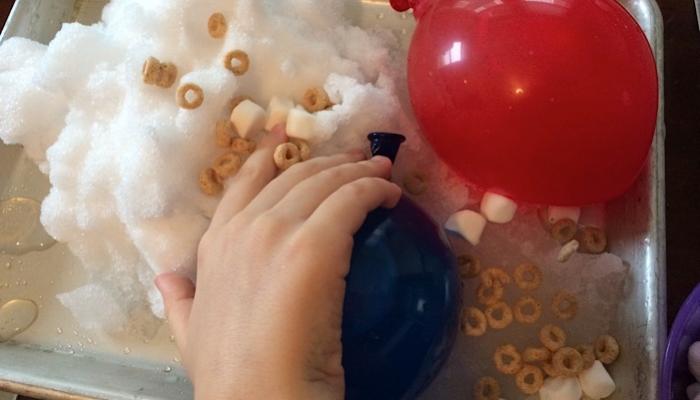
If you live in a part of the world that gets cold in the winter, then you may experience the dreaded SNOW DAY! Some kids love that they get to stay home, but many kids with special needs really rely on routine, so when things are different it can be difficult.
Plus, if you’re stuck in the house because there’s a blizzard outside, how can you find enough fun activities to keep everyone entertained all day? Inside. Did I mention you’ll have to stay indoors all day?
OK, let’s not panic. If you find yourself inside on a snow day, try to keep the day as similar to the normal routine as possible (for example, have meals at the same time and use the same tactile calendar as you would normally to represent the activities for the day).
And of course, try to fill the day with fun sensory-friendly activities!
Here is a simple (and kind of messy) game you can play that totally takes advantage of the snow falling outside. It’s also a great way to help a blind child understand that the reason you’re all stuck inside is because there is a whole lot of snow outside! Here’s how to make your very own Sensory Snow Table:
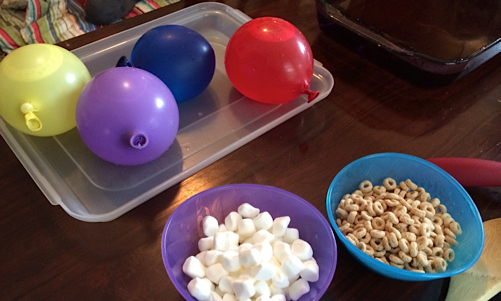
What You’ll Need:
- snow – and lots of it!
- a pan of warm water
- water balloons filled with cold and warm water
- small cups, spatulas, wooden spoons, etc
- small edible objects to place in the snow, like mini marshmallows or cheerios
- lots of patience and towels for drying off!
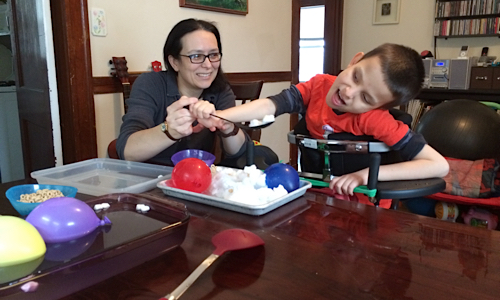
Playing with Your Snow Table
We started by getting Ivan in his stander at the dining room table so he could really reach out and feel what was in front of him. We placed the trays all within his reach so he could explore independently. We had one tray with hot and cold water balloons, one with warm water and one with snow.
Ivan really enjoyed feeling the difference in temperature between the hot and cold balloons and the warm water versus the cold snow. We placed warm water on the snow to see what would happen and placed cold snow in warm water (he really liked feeling the snow melt in his hands under the water). We put cold balloons in warm water and cold balloons in the cold snow. This activity opens up a world of opportunity to discuss simple concepts like “hot” and “cold” or relative concepts like “warmer” and “colder.” Play with language and encourage your child to explore! Ask them questions (“Is the snow warmer or colder than the water?”) and let them experiment to find the answers!
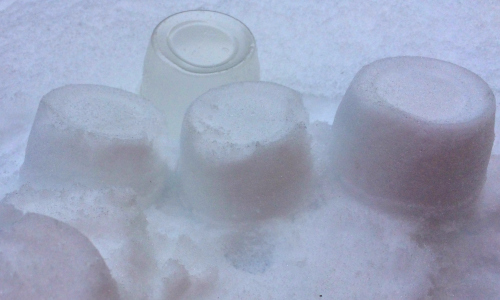
We also used our cups to make little castles in the snow and our spoons were great to work on scooping skills. We also had fun placing cheerios and marshmallows in the snow and in the water (did you know that marshmallows get really slippery in water?) and burying them in the snow. We used edible objects because they are safe to eat, but if your child doesn’t have a tendency to try to eat everything, then little plastic toys would be fun too!
Yes, things got messy pretty fast and we did have to run out for a few new trays of snow, but Ivan had a blast!
Check out this video below to see our snow table in action:
What Else Can You Do?
- Our hands are great for feeling temperatures and touching snow… But what about feet? What does snow feel like on your bare toes?
- If your child has vision (and you can handle the mess!) you could try putting a couple drops of food coloring in the snow to make a snow painting!
- How about moving this up a scale? You could take a warm bath and place a couple scoops of snow in the bathtub. What happens to the snow in the tub?
Experiment, have fun and let your child’s curiosity be your guide! If you have more ideas about how to play with your sensory snow table, please let us know in the comments!
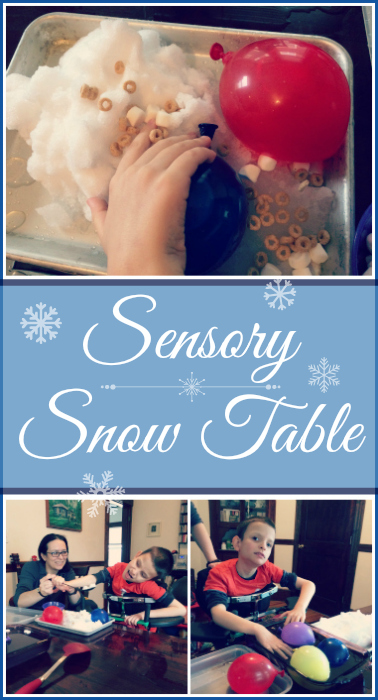
Related Posts
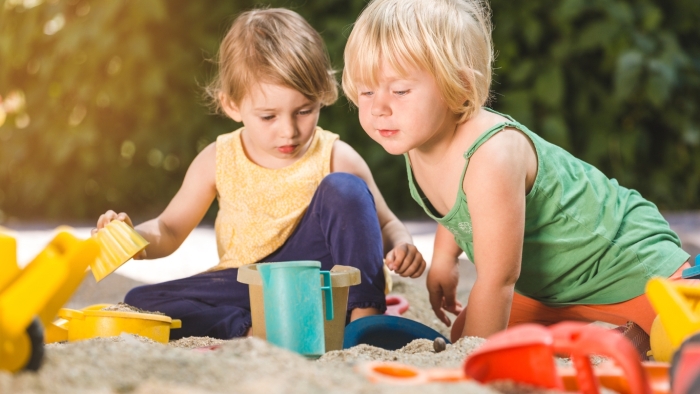
Sensory Activities
5 Sand Play Activities to Encourage Fine Motor Development
Sensory bin, at the beach, or in a sandpit? Try these sand play activities to help toddlers and preschoolers develop their fine motor skills.
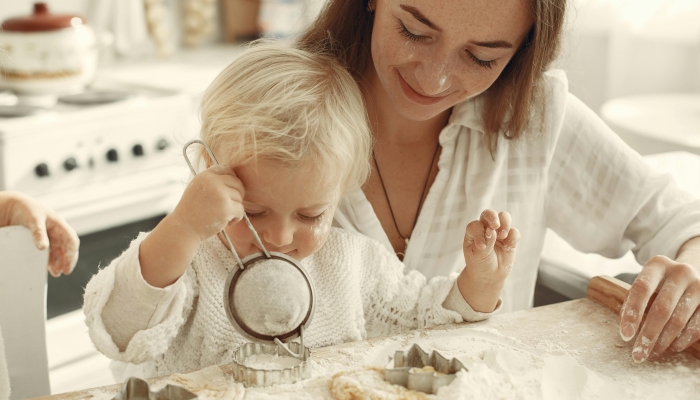
Sensory Activities
5 Edible Sensory Play Ideas
Check out our favorite edible sensory play activities to engage children's senses, boost their development, and provide hours of fun.
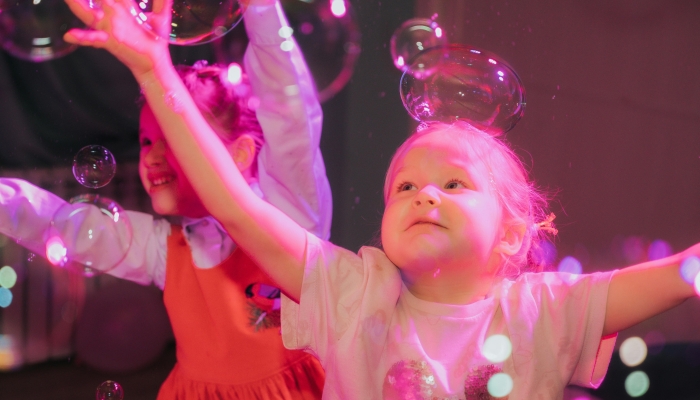
Sensory Activities
How to Make Unpoppable Bubbles
Discover the secret to making unpoppable bubbles with this easy guide. You only need three ingredients!